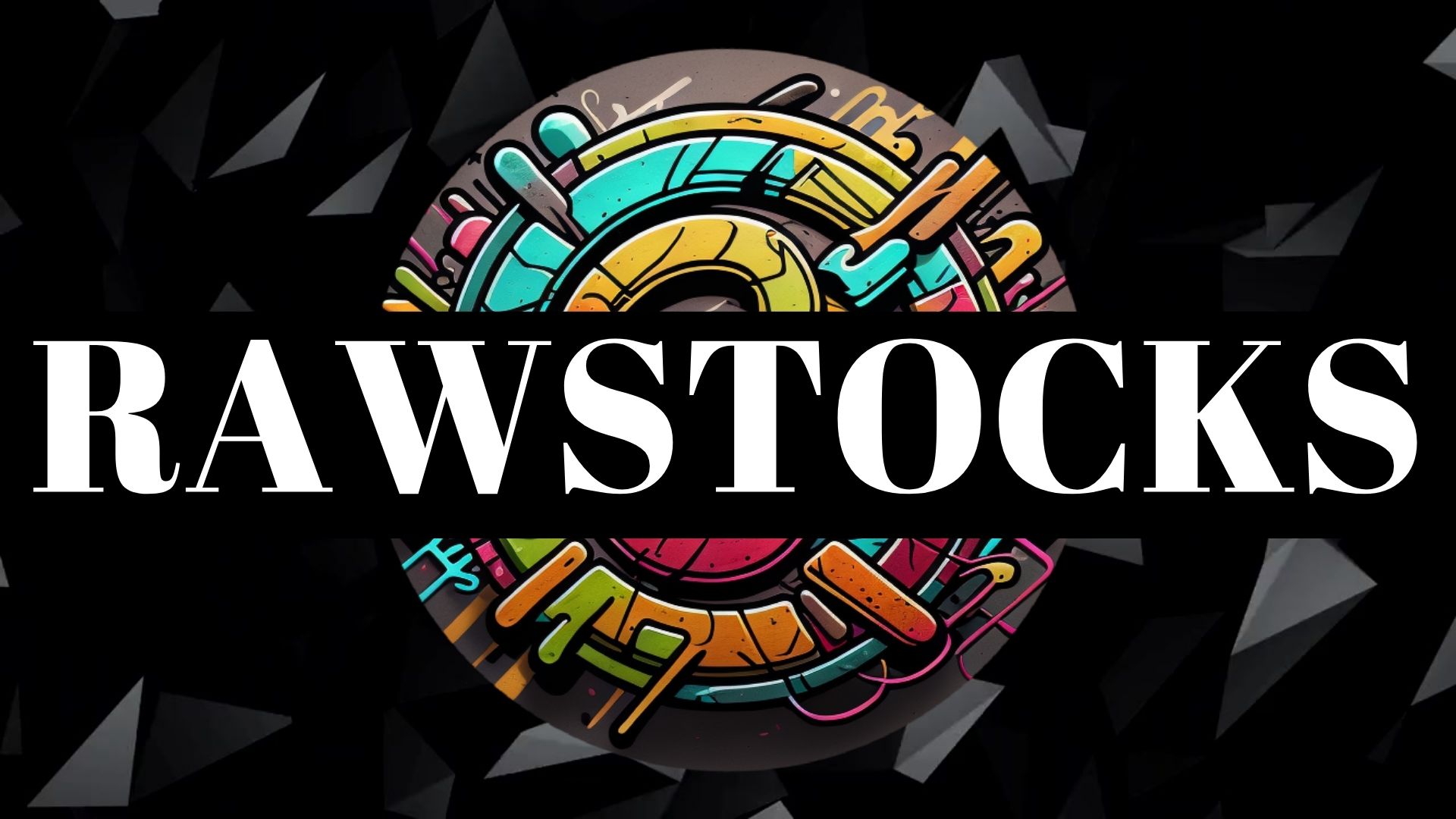Fibonacci trading can be a game-changer if you know how to read its signals correctly. Most traders fail because they don’t. Let’s dive into how you can effectively use Fibonacci in any market condition.
Understanding Fibonacci’s Effectiveness
The power of Fibonacci lies in its application. It’s crucial to use it on the right price swings. When examining a price chart, you’ll notice numerous swings. You might pick certain points to connect, while another trader selects different ones. This isn’t about who’s right or wrong—it’s about the subjective nature of this tool.
To use Fibonacci retracements correctly, start by identifying the dominant trend. Once you know the trend, find the most obvious swing high and swing low. These points are your anchor for drawing Fibonacci lines.
Drawing Fibonacci Lines: The Right Way
In an uptrend, draw Fibonacci retracement from the swing low to the swing high. This helps identify potential support levels during pullbacks. Conversely, in a downtrend, draw from the swing high to the swing low to find potential resistance levels.
Use the wicks of candlesticks for your swings, not just the bodies. The clarity of your chosen swing points is key. Clear swing lows and highs, combined with a defined trend, enhance the reliability of your Fibonacci levels.
Avoiding Common Mistakes
Don’t force Fib levels to fit where they don’t naturally apply. Not every price move aligns with Fib levels, and that’s fine. The most useful retracements are those that stand out on the chart without much effort. If you strain to see them, look for a clearer setup.
Remember, Fibonacci levels work best in trending markets. Without a clear trend, these levels lose their significance. Spot the trend first, and then look for logical price swings to place your Fibonacci retracement tool.
Key Fibonacci Levels to Watch
Once you place your Fib levels, you’ll notice several key retracement levels: 23%, 38%, 50%, and 61%. These can act as support in an uptrend or resistance in a downtrend. The 61% level is often considered the “golden ratio,” but don’t overlook other levels.
In strong trends, price might only retrace to the 38% level before continuing. In weaker trends, it might extend to the 78% level. These levels aren’t exact lines but zones where price might react.
Fibonacci in Different Market Conditions
Fibonacci levels can become self-fulfilling prophecies, as many traders watch and place orders around them. However, they struggle in sideways or ranging markets. If the market is consolidating, wait for a clear breakout before applying a Fibonacci analysis.
Using Fibonacci on Various Timeframes
Applying Fibonacci to very small price moves or shorter timeframes can present challenges. Short-term price movements are often erratic and less significant. When using Fibonacci on these moves, levels are often too close together, making it hard to differentiate important levels from noise.
Focus on larger timeframes for a clearer view of the trend. This helps align your Fibonacci retracements with the overall market movement. Using a multi-timeframe approach can be beneficial: start with a larger timeframe to find the trend and major levels, then zoom in for more detail.
Shallow vs. Deep Retracements
Retracements can be shallow or deep. Shallow ones occur in strong trends, with price only retreating to the 23% or 38% areas. These indicate a healthy trend likely to continue. Deep retracements often reach the 61%, 78%, or even 88% levels, suggesting more uncertainty.
Shallow retracements signal a strong trend, while deep ones suggest the trend might be losing steam. If the price retraces 100%, it could mean the trend has failed.
Combining Fibonacci with Other Indicators
Using Fibonacci with other indicators like candlestick patterns can increase accuracy. Look for engulfing patterns or candles with long wicks at Fib levels. These patterns can confirm if a level is likely to hold or break.
Volume can add another layer of confirmation. A reversal candle with high volume at a Fibonacci support level is more convincing than one with low volume.
Advanced Fibonacci Techniques
The “Golden zone” method focuses on the 50% – 61% area, known as the Golden Ratio. When price starts to move against the trend, watch closely as it approaches this zone. If it doesn’t close above the 61% level, it might signal a continuation of the trend.
Combining multiple Fibonacci retracements from different timeframes can create stronger trade setups. Look for areas where levels overlap, creating a strong support or resistance zone.
Fibonacci and Moving Averages Combo
Combining Fibonacci with moving averages can confirm signals. Moving averages help spot trends and act as dynamic support and resistance. When a Fibonacci level aligns with a moving average, it creates a strong confluence.
This combination is powerful because Fib retracements can seem arbitrary, and moving averages can lag. Together, they form a robust analytical framework.
Volume as a Confirmation Tool
Volume can confirm Fibonacci levels. If price reaches a Fibonacci support area and volume decreases, it suggests fewer sellers, indicating a potential reversal. A spike in volume after a bounce from a Fibonacci level is a strong confirmation.
Using Divergences with Fibonacci
Divergences can signal potential reversals at Fibonacci levels. A divergence occurs when the price and a momentum indicator, like MACD, move in opposite directions. This can indicate a slowdown in momentum and a possible trend reversal.
Fibonacci and Supply/Demand Areas
Combining Fibonacci levels with supply or demand areas can create strong trade setups. If price approaches a demand area that aligns with a Fib level, it could signal a buying opportunity. Conversely, a supply area aligning with a Fib level might indicate a selling opportunity.
Mastering Fibonacci trading involves understanding its nuances and combining it with other tools and techniques. With practice, it can become a valuable asset in your trading toolkit.
